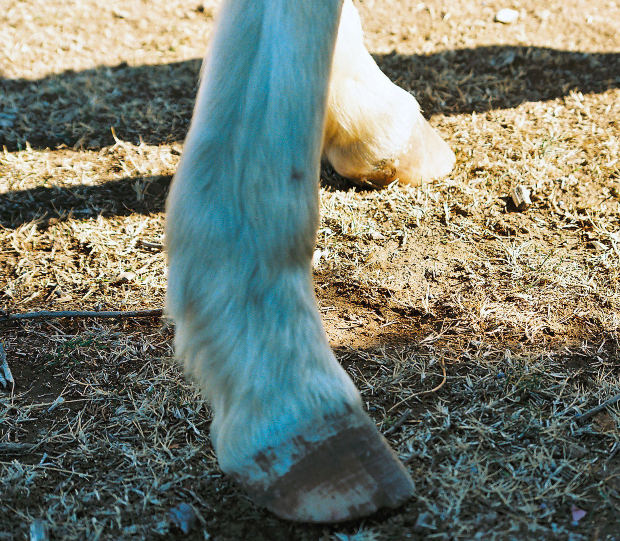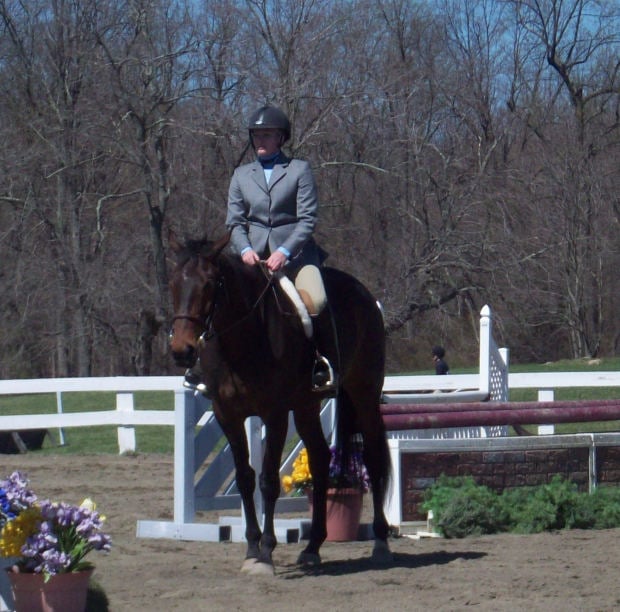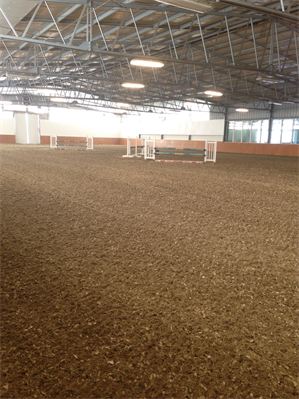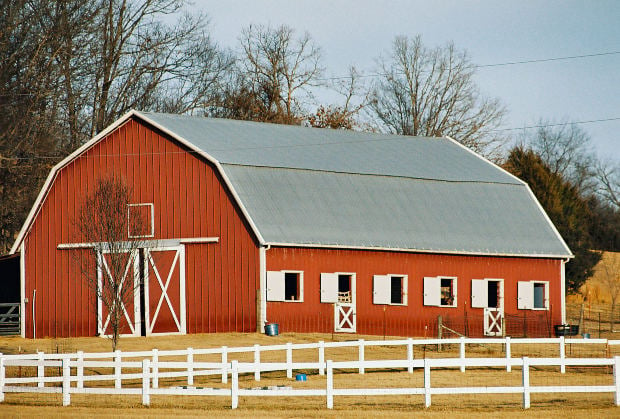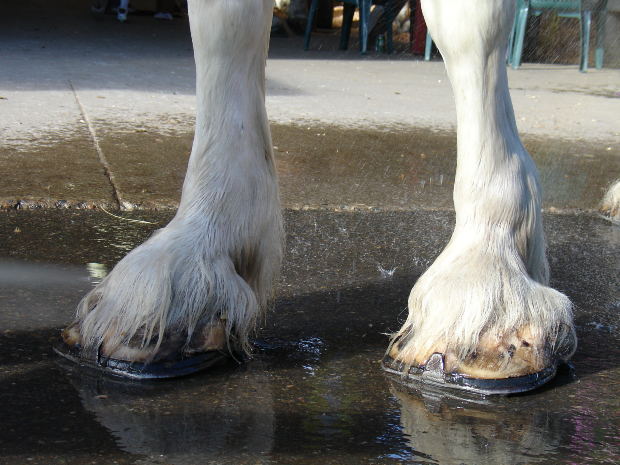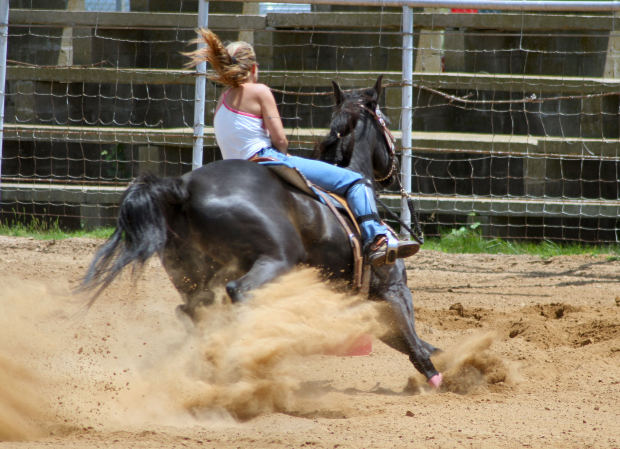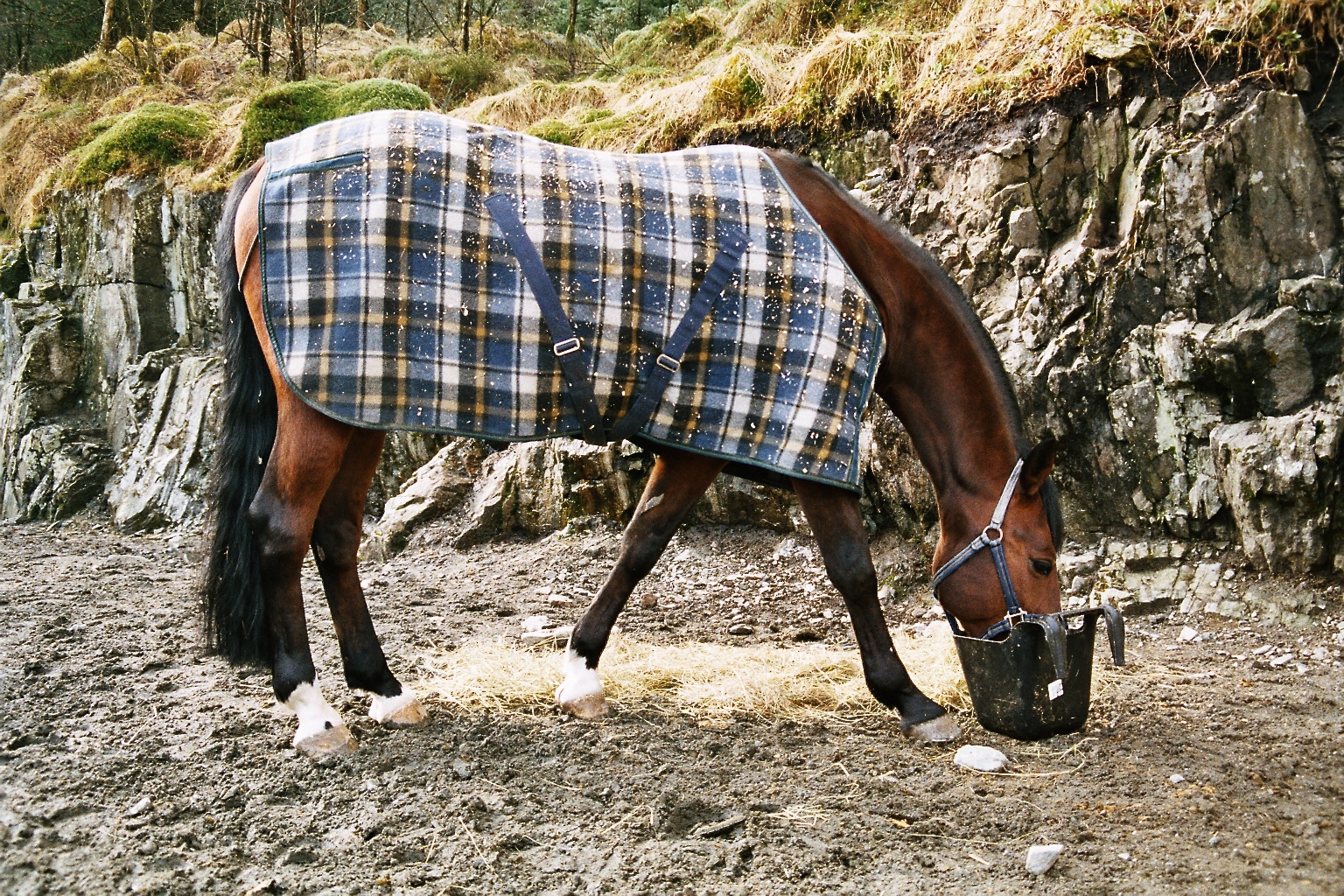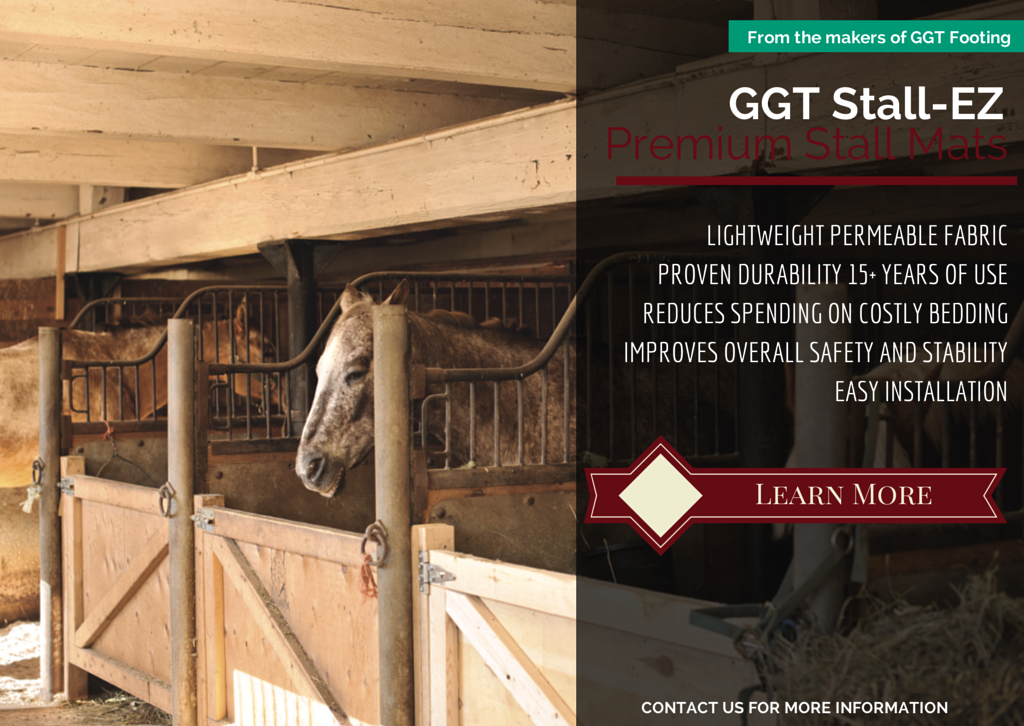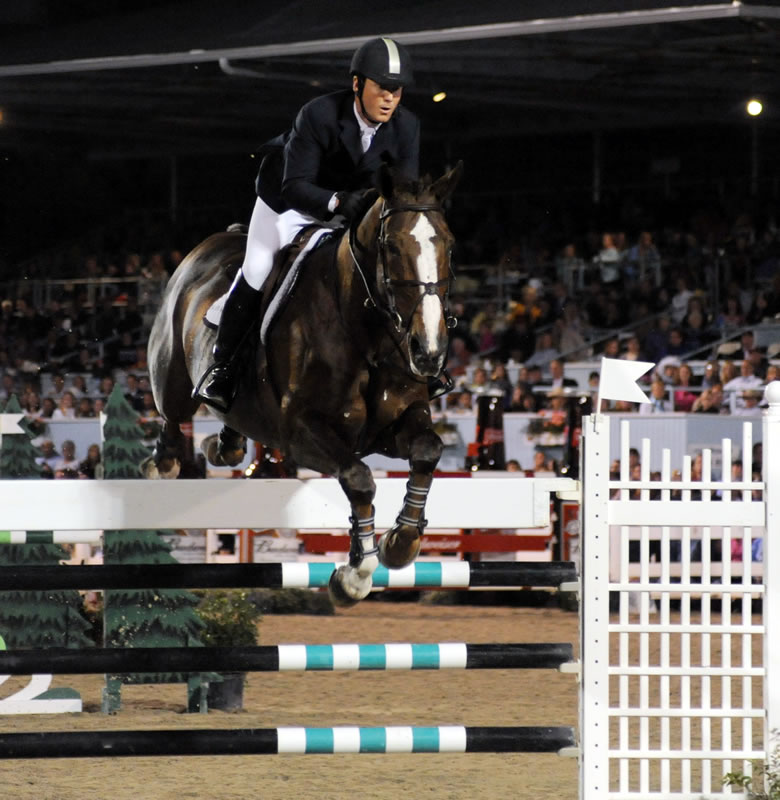
Riding in a Grand Prix ring can be a thrilling experience, especially for amateur or junior riders. However, as the title of this post suggests, not all Grand Prix rings are created equal. Arena size, footing, shape, grandstand layout, and the associated warm-up ring are all contributing factors, which make some Grand Prix rings amazing, while others leave much to be desired. If you are a barn manager or a horse show director, then be sure to take the following design characteristics into account before you lay the foundation for a new Grand Prix arena.

